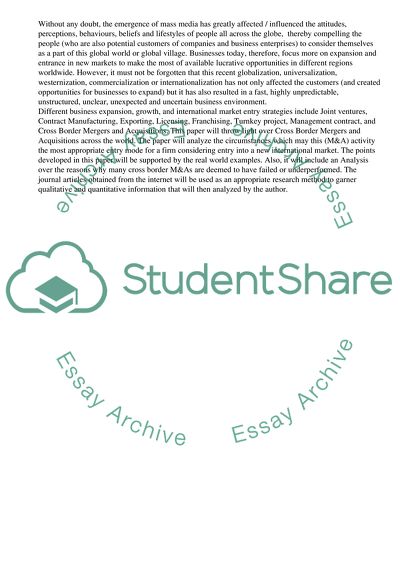Cite this document
(“The Perspectives of Cross Border Merger and Acquisition Deals Coursework”, n.d.)
The Perspectives of Cross Border Merger and Acquisition Deals Coursework. Retrieved from https://studentshare.org/business/1736237-international-business-management-in-the-issue-of-cross-border-merger-and-acquisitionma
The Perspectives of Cross Border Merger and Acquisition Deals Coursework. Retrieved from https://studentshare.org/business/1736237-international-business-management-in-the-issue-of-cross-border-merger-and-acquisitionma
(The Perspectives of Cross Border Merger and Acquisition Deals Coursework)
The Perspectives of Cross Border Merger and Acquisition Deals Coursework. https://studentshare.org/business/1736237-international-business-management-in-the-issue-of-cross-border-merger-and-acquisitionma.
The Perspectives of Cross Border Merger and Acquisition Deals Coursework. https://studentshare.org/business/1736237-international-business-management-in-the-issue-of-cross-border-merger-and-acquisitionma.
“The Perspectives of Cross Border Merger and Acquisition Deals Coursework”, n.d. https://studentshare.org/business/1736237-international-business-management-in-the-issue-of-cross-border-merger-and-acquisitionma.


